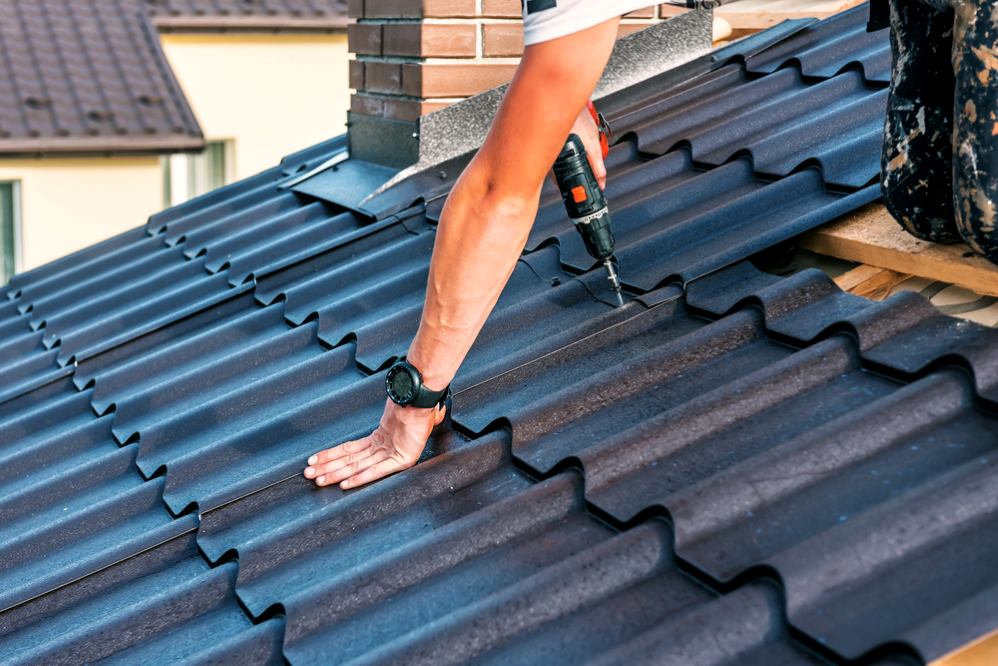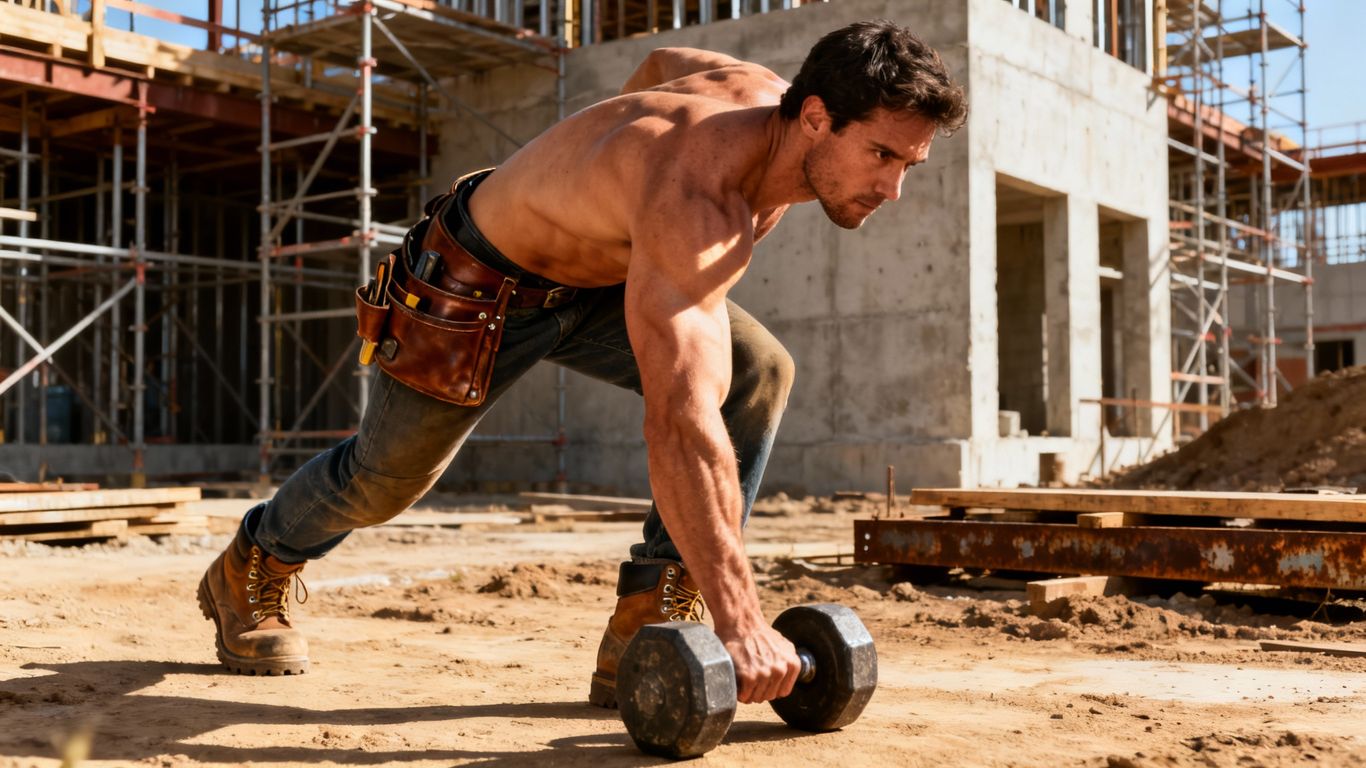Living in a coastal area like Kerikeri means your roof is under constant pressure. Salt air, heavy downpours, and scorching UV rays combine to wear down materials far quicker than in inland regions. The damage isn’t always obvious at first. Over time, however, even quality roofing systems begin to degrade when they’re not built to handle these conditions.
That’s why it pays to think about energy efficiency when replacing or upgrading your roof. A roof installed by an experienced roofer who understands the unique demands of coastal weather can offer more than just shelter. These systems help manage internal temperatures, extend the lifespan of your materials, and deliver real-world resilience against coastal stressors.
If you own a home in the Bay of Islands, whether it’s in Kerikeri, Paihia, or Russell, paying attention to energy efficiency in your roofing choice is a practical, long-term move.
Key Takeaways
- Coastal climates accelerate roofing wear through salt, sun, and moisture
- Energy-efficient roofs reduce internal heat and moisture build-up
- Smart material choices can lower energy bills and prevent structural damage
- Metal roofing with reflective coatings performs exceptionally well near the coast
- Roofers familiar with regional conditions deliver better installation outcomes
The Real Challenge of Coastal Roofing
Salt, Sun, and Storms: Why Regular Roofs Don’t Last
Coastal roofing takes a hammering. The salt in the air settles on your roof, pulling moisture from the atmosphere and creating a thin film that corrodes untreated surfaces. Over time, this eats away at fasteners, flashing, and even coatings if they’re not designed for marine exposure.
UV radiation in Kerikeri is higher than many realise. The sun degrades cheaper paint systems, making them brittle or faded within a few years. Add in sudden, high-volume rainfall, and your roof ends up contending with fast thermal shifts and moisture infiltration. These conditions expose every flaw in sub-par roofing systems.
Why Energy-Efficiency Isn’t All About Insulation
Energy-efficient roofing systems don’t rely solely on insulation. They combine design thinking with advanced materials. For instance, lighter-coloured or reflective roofing surfaces bounce back solar heat, preventing your ceiling cavity from turning into a heat trap.
This matters in humid coastal climates like the Bay of Islands. A hot roof space with poor ventilation turns into a moisture magnet. Energy-efficient roofing incorporates breathable membranes and ventilation strategies that regulate both temperature and moisture levels. Learning about the importance of roofing underlay for a durable roof can help homeowners make better material choices for long-term protection.
How Energy-Efficient Roofing Performs in Coastal Zones
Metal Roofing with Reflective Coatings
Metal roofing, especially when coated with high-performance finishes like COLORSTEEL or ColorCote, is ideal for the coast. These coatings are built to withstand salt spray, resist UV fade, and reflect radiant heat. Unlike tiles or bitumen shingles, coated steel offers both resilience and energy performance.
A home in Kerikeri with a north-facing roof can see a noticeable difference by switching from a dark tile roof to a light-coated metal one. Temperatures inside drop, and air conditioning use declines. It’s not hypothetical. This is the kind of data local roofers report consistently.
Roof Ventilation and Thermal Control
Efficient roofing doesn’t stop at the surface. Systems designed for coastal areas like the Bay of Islands often include ridge vents, eaves ventilation, and breathable sarking. This promotes airflow through the roof cavity, allowing hot air and moisture to escape.
Without it, warm, damp air lingers, encouraging mould growth and reducing insulation effectiveness. The right ventilation reduces long-term damage to internal structures and maintains healthier air quality inside the home.
Alongside proper ventilation, your spouting system plays a key role in managing moisture and overflow. Here’s what to look for when hiring continuous spouting installers.
The Hidden Payoffs for Coastal Homeowners
Lower Power Bills and Healthier Living
Energy-efficient roofs help stabilise indoor temperatures. That means less reliance on heaters in winter and air conditioning in summer. In coastal towns like Kerikeri and Paihia, where humidity runs high, keeping temperatures stable also helps keep dampness under control.
This isn’t just about comfort. A drier roof space and internal environment reduce the likelihood of black mould, rot, and respiratory issues. It also means less condensation on windows, and less wear on dehumidifiers or HVAC systems.
Property Value, Warranty, and Long-Term ROI
A properly installed energy-efficient roof will likely come with longer warranties. Manufacturers stand behind materials that can endure salt, wind, and heat when correctly specified. Buyers looking at homes in places like Paihia, Opua, and Kerikeri increasingly factor in roofing materials and energy use into their decisions.
While it may cost more upfront to install, the return on investment becomes clear after a few Bay of Islands summers. Better comfort, lower energy use, and reduced maintenance costs all add up.
Choosing the Right Energy-Efficient Roof
What to Look for in Products
Not all energy-efficient roofing is created equal. Homeowners should look for:
- Metal roofs rated for marine exposure (e.g., COLORSTEEL Endura or Maxx)
- Light-coloured or reflective coatings with UV resistance
- Systems that integrate passive ventilation features
These products don’t just perform better, they also reduce long-term maintenance needs.
Why Local Knowledge Matters
Contractors who work regularly in the Bay of Islands understand how climate, salt levels, and seasonal extremes affect roofing performance. They’ll recommend flashing types that don’t corrode, select fasteners that hold up over time, and know how to layer roofing to prevent moisture ingress during storms.
They also know the council requirements for high-wind zones, which makes installation safer and more compliant. Hiring someone who’s built roofs that survive Kerikeri’s winters and summers matters more than any brochure promise.
Smarter Roofing in Coastal NZ. It Pays Off
For homeowners across coastal New Zealand, especially in exposed zones like the Bay of Islands, investing in energy-efficient roofing is a strategic decision. It reduces wear from the elements, manages temperature better, and offers tangible savings.
Your roof is your home’s first line of defence. Choosing a system that actively works with the climate, instead of against it, isn’t a trend. It’s common sense. Ask the tough questions. Look beyond colour charts and sales pitches. And choose materials, systems, and installers that are proven to perform in the places that need it most.


